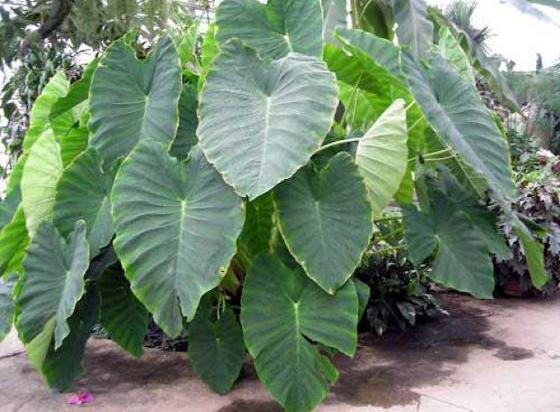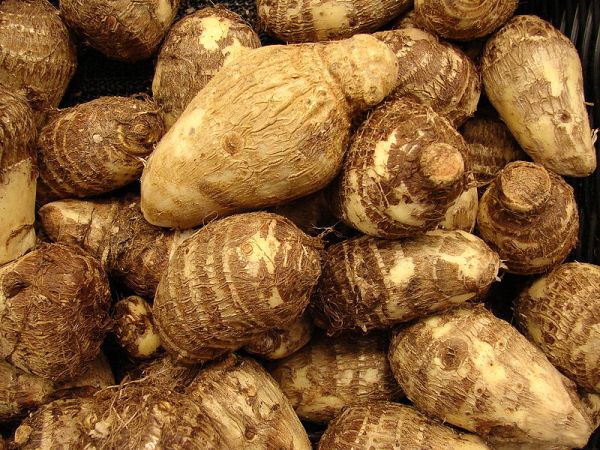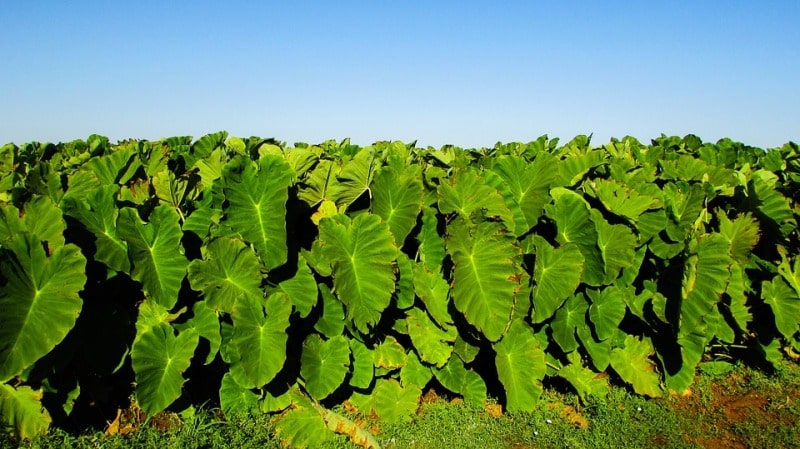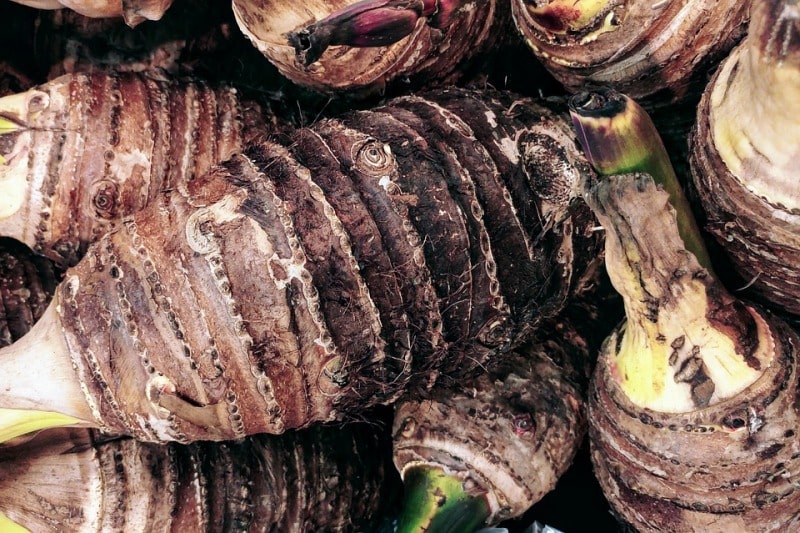A step by step guide for Taro root farming, and cultivation practices:
Today, we learn the topic of taro root farming, planting methods, taro plant care, and harvesting procedure.

Introduction of Taro root:
Taro is a perennial herbaceous subtropical (or) tropical plant usually grown for its starchy but sweet flavored tuber. Taro root, also known as “dasheen”, “eddo” and “Kalo”, is grown in many areas in the world. Taro plant grows from 1 meter to 2 meters tall. Their leaves are light green, elongated, and heart-shaped similar to an elephant’s ear. Its Botanical Name is “Colocasia esculenta” and belongs to the family of “Araceae”. In India, Taro root is consumed as a cooked dish and its fresh leaves are also consumed.
The major Taro root production states in India:
Assam, Manipur, Himachal Pradesh, Karnataka, Gujarat, Tamilnadu, Maharashtra, Kerala, Andhrapradesh, Telanagana, Uttarakhand, Orissa, Bihar, and West Bengal.
Health benefits of Taro root:
Some of the health benefits of Taro Root are given below.
- Aids in digestive Health.
- Aids in cancer Prevention.
- Aids in blood pressure and heart health.
- Aids in diabetes.
- Helps in skin health improvement.
- Helps in boosting vision.
Local names of Taro root in India:
Arbi, Arvi (Hindi), Arukudya (Marathi), Chembu (Malayalam), Saru(Odisha),Kizhangu (Tamil),Chema dumpa, Chema gadda (Telugu), Kesu, Kesuvina Gadde(Kannada).

You may also like Organic Vegetable Farming in India.
Climatic requirements for growing Taro root:
Taro root can be grown throughout the year in frost-free weather conditions. Taro crop thrives well in warm, moist conditions. Evenly distributed rainfall is ideal for its proper growth and cultivation. In drought or dry, low-rainfall areas, one should provide supplemental irrigation. Best growth can be expected @ 25°C to 35°C.
The soil requirements for Taro root production:
Taro root can be grown in a wide range of soils with good organic matter. The well-drained loamy soils with the pH range about 5.5 to 7 are ideal for its growth. Stony or rocky soils should be avoided If the soil is not having enough nutrients, application of organic matter is recommended at the time of soil preparation. To find out the health of the soil, one should carry out the soil testing before sowing.
Preparation of land for the Taro plantation:
A couple of deep ploughings are required to make the field soft textured so that the roots easily grow and develop in the soil. Remove any weeds while preparing the soil. apply any organic matter or compost to make soil rich.
Propagation of Taro root:
Taro root can be propagated in two ways.
- Chop the dark top section of the taro tuber into small pieces, leave these pieces for a day or so to allow surfaces to properly dry and replant.
- Offshoots are separated from the main plant when they are at least 15 to 18 cm in height.
The spacing of plants in Taro Root Farming:
Spacing between plants should be about 60 cm to 90 cm apart with 2 meters between rows.
Manures and Fertilization requirements for Taro plants:
Apply Farm Yard Manure (F.M.Y) as part of the soil or main field preparation. Apply fertilizers 2 to 3 times during the growing season; Application of potash is very important in the taro root cultivation.
You may be interested in Bottle Gourd Farming, Planting, Care, Harvesting.

Irrigation requirement for commercial Taro root crop:
Make sure taro root plants are well irrigated and the soil should have enough moist with good drainage. In dry or drought conditions, frequent irrigation is required. In the rainy season, waterlogging should be avoided. Adapt a sprinkler or drip irrigation system for the better water management system.
Weed control and Inter culture operations in Taro root crop:
During the first 3 to 4 months after planting, when the leaf canopy is being formed. During this time, weeds can be controlled by hand pulling or cultivating with a hoe. After the Taro crop has attained the maximum vegetative stage, the lush foliage would shade out the weed growth, and cultivation for weed control should be reduced to avoid injuring the roots.
Pests and diseases of Taro root plants:
Main pests in Taro root farming are Aphids and Red spider mites which may attack taro root grown indoors. Main diseases in Taro root farming are leaf blight and downy mildew. Leaf blight will cause circular spots on leaves.
How and when to harvest Taro roots:
The Taro root crop attains maturity about in 9 to 12 months when the leaves turn in to yellow color and die down and also there is a slight lifting of the tubers can be observed. As Taro root does not store for longer than a month, leaving tubers in the soil recommended until they are needed.
You may also check Drumstick Farming, Planting, Seed Rate, Harvesting.
The yield of the Taro root crop:

With good cultivation management, achievable yield could be about 5 tonnes per hectare.
That’s all folks about growing taro root on a commercial scale.
You may be interested in Growing Mint Hydroponically.
Your projects and related information are good. Thank you for providing some basics.
Hi, my name is Basheer Ali my background is Finance/Travel BUT i am interested in farming in Telengana/AP state, can you guide me from land selection/preparation until harvest
Best Regards.
Your blog post was a comprehensive and well-researched piece of writing.